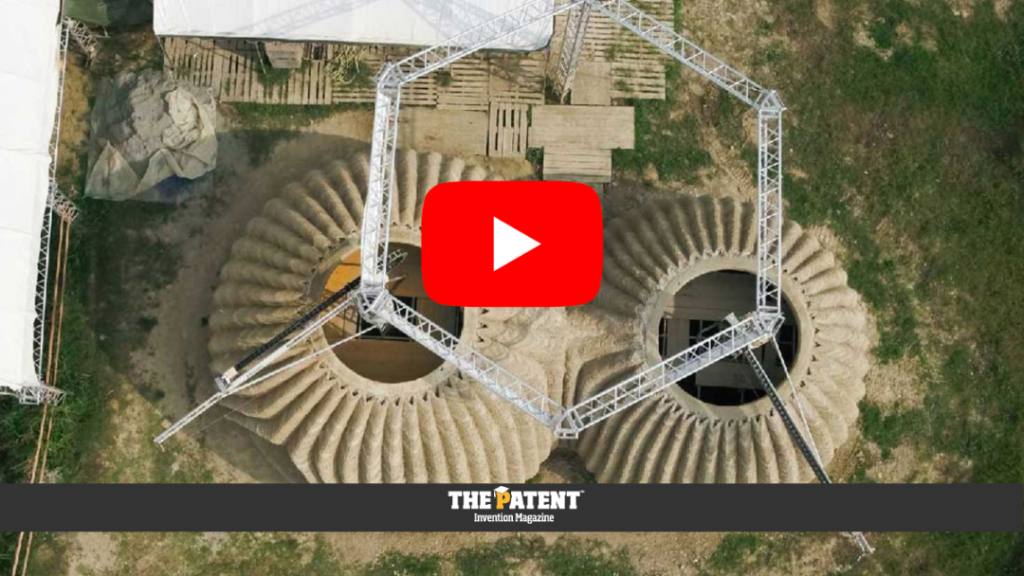TECLA is the first fully 3D-printed house made from natural materials: construction takes just 200 hours and is environmentally sustainable
How long does it take to build a house? Right from the floor to the ceiling: digging foundations, pouring reinforced concrete, putting up load-bearing walls, creating doors and windows, building a strong roof. Using traditional construction techniques and materials, building an average-sized house currently takes at least a couple of months. In the province of Ravenna – in Massa Lombarda to be precise – there is someone who manages to build a house in just 200 hours, i.e. just over 9 days. We are talking about Massimo Moretti and Mario Cucinella, the two creators of Tecla. This is the first and only construction entirely 3D printed using natural materials and built using several 3D printers working simultaneously. In other words, the house is built by two giant 3D printers coordinated by software that uses raw earth as the only construction material.
Read also —> Covid-19: a video demonstrates how the virus spreads in a school classroom
Tecla: the first house “printed” in 3D from earth
Tecla is part of the WASP project and can be summarised in some very significant numbers. 200 hours of printing, 7000 machine codes (G-codes), 350 layers of 12 mm, 150 km of extrusion, 60 cubic metres of natural materials for an average consumption of less than 6 kW. “WASP,” explained Massimo Moretti, “is inspired by the potter wasp. We create 3D-printed houses using km0 soil with a view to sustainability. The oldest material and the most advanced technology come together to give new hope to the world. One year ago, GAIA, the first 3D printed house made of raw earth, was born. Today, together with our partners, we are building TECLA, an entire eco-friendly 3D printed habitat. The planet is calling us to a common project that we have shared with Mario Cucinella”. Cucinella himself said that “together with WASP we want to develop an innovative prototype of a 3D printed habitat that responds to the increasingly urgent climate revolution and the need for changes dictated by the needs of communities. We need a paradigm shift in the field of architecture that is closer to people’s needs and finds an answer for the ‘Earth’. A collaboration that becomes the union between empathic architecture and the application of new technologies“.
You might also be interested in –> A 10-second digital video sold for $6.6 billion
